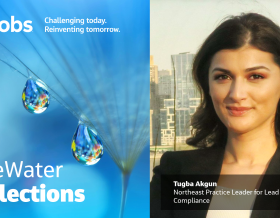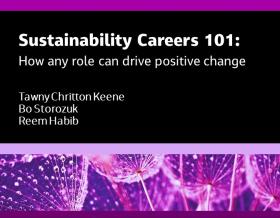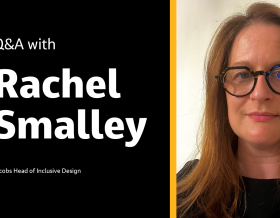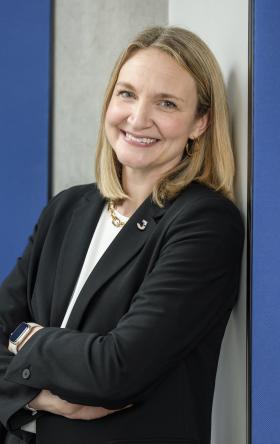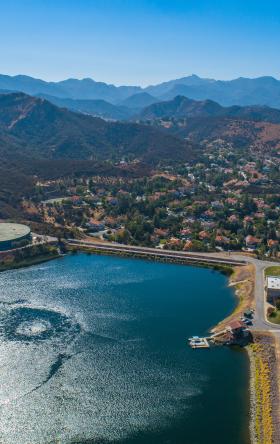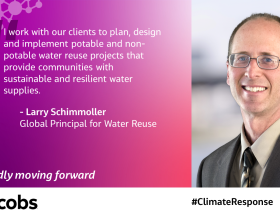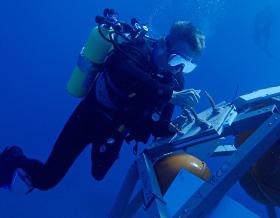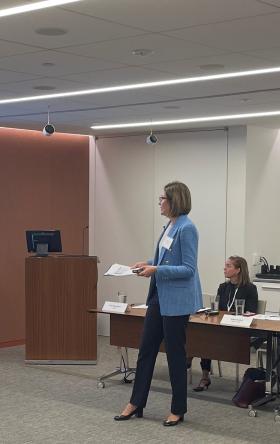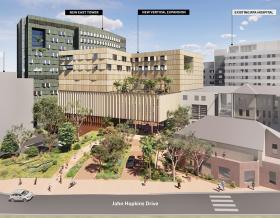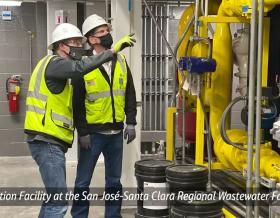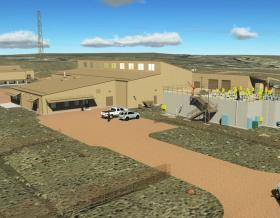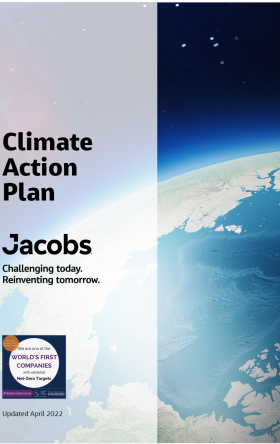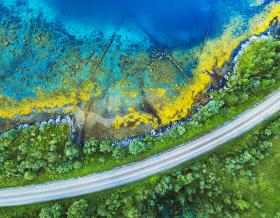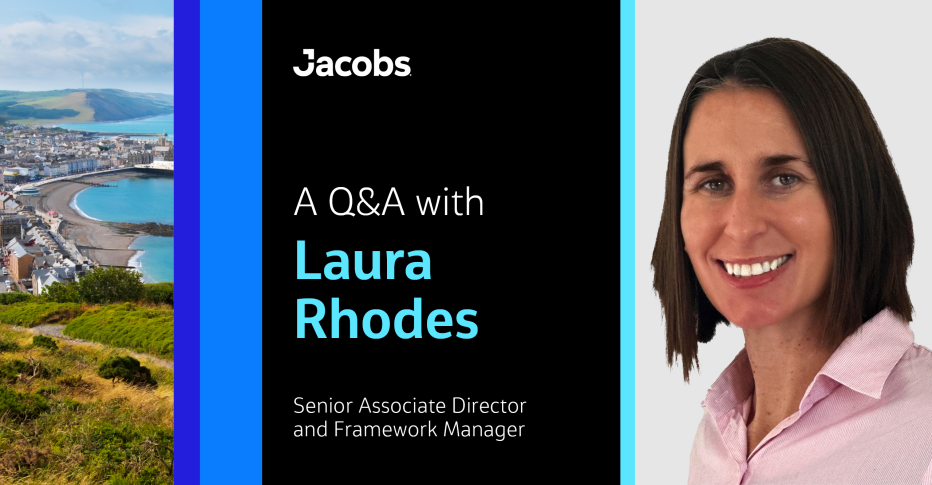
Flooding and coastal erosion threaten more than 5.2 million homes and properties in England. The Environment Agency has implemented strategies, including a £5.2 billion capital program delivered through the Collaborative Delivery Framework (CDF) as part of the wider Next Generation Supplier Arrangements (NGSA).
As Jacobs’ CDF Framework Manager, Laura Rhodes brings together diverse skillsets, stakeholders and innovative solutions to tackle the growing challenge of flood resilience.
Laura’s career began at the Environment Agency in 2011, where she simultaneously worked part-time and pursued a degree in River and Coastal Engineering. Early on, she gained valuable experience with the Humber team, contributing to critical projects like the Skeffling Managed Realignment Scheme and the Humber Strategy. She also responded to some significant flood events, including the December 2013 tidal surge and Boxing Day 2015 floods.
After seven years with the Agency, Laura joined Jacobs in 2018 and now serves as the NGSA Framework Manager.
In this Q&A, she discusses the program’s impact on the nation’s infrastructure resilience, and shares lessons learned from her work with the Environment Agency.
Tell us about your role and what you’re offering clients and communities.
The greatest challenge in preparing for the future is addressing the many potential outcomes of flood risks. We must think beyond current risks, focus on understanding these uncertainties and then build up resilience and adaptability.
For example, the Stallingborough coastal flood protection scheme I worked on was designed with a 25-year solution in mind. While the project objectives focused on a design that met the shorter-term objective, we also accounted for adaptability far beyond that date. We incorporated materials that could be repurposed for future designs, moving beyond simply building and maintaining defenses. This approach reflects the broader challenge of adapting to climate change while reversing the impact of human activities on ecosystems and biodiversity.
I work in flood risk and environmental management because I want to make a difference. Our work directly impacts communities affected by climate change, habitat loss and ecological pressures. The projects we deliver have a real impact on people and the environment and contribute to a more climate-resilient future. I’m especially passionate about the team I work with. Seeing colleagues take on new challenges, share diverse perspectives, and deliver innovative, sustainable solutions inspires me every day.
As a Framework Manager, what are your biggest challenges?
My biggest challenge is leading a team of 350 people and fostering a culture where health and safety, sustainability and innovation are ingrained in daily routines. Achieving this level of collaboration across such a large framework is no small feat.
My goal is to create a unified team within Jacobs, the Environment Agency, and our delivery partners. Over the next year, I’m focusing on improving our internal and external communication to drive this one-team approach as we address some of the nation’s most pressing challenges.
Which project comes to mind as a critical example of flood defense infrastructure?
Interestingly, a smaller coastal project in the northeast of England stands out. It protects around 350 properties by repairing screens and culverts, improving access, and removing assets that no longer provide flood risk benefits. This resulted in future carbon savings from reduced operations and maintenance activity.
Through tailored procurement, we leveraged the expertise of the most relevant stakeholders at each project stage. Jacobs and the Environment Agency led the appraisal and early design work, and the lead Local Flood Authority focused on the detailed design and construction. This collaboration reduced costs by almost 30% during the Outline Business Case phase.
While not a large-scale project, the infrastructure was critical to the local community. Failure would have impacted residents’ physical and mental well-being and disrupted schools in the area. The lesson I learned is that while new schemes might be more exciting, looking after existing infrastructure is vital for creating a sustainable future. We should be doing so much more to improve how we inspect, assess, monitor and repair existing assets and learn from big programs such as TEAM2100, which are at the forefront of this.
What’s one of your favorite examples of innovation within flood risk management?
Collaboration is key to successful innovation. When teams clearly understand their objectives, roles and responsibilities, they can focus on delivering better outcomes. A great example is our collaboration with the Environment Agency and other CDF partners, which earned industry recognition with a Transformational Partnership award. In a truly collaborative team, you forget which organization people work for and focus on moving forward. Collaboration doesn't always feel easy; the most collaborative projects I’ve worked on have had difficult periods because we've all been open to challenging each other and are passionate about delivery. In a collaborative environment, difficult discussions are constructive and lead to better outcomes for the project — it’s part of the psychological safety that’s needed for everyone to confidently make their voices heard.
For instance, during an Environment Agency project in the Humber region, the team challenged the initial plan to build a new access road for works delivery. The designer and contractor worked closely to consider the required plant assets and existing site arrangements. By rethinking this, we demonstrated that safe access could be achieved without additional construction. This reduced costs, lowered the project’s carbon footprint, and mitigated health and safety risks.
Ultimately, over 100 properties that had recently experienced flooding were better protected. Success stemmed from team members being willing to challenge the status quo and embrace open, constructive discussions.
About the interviewee

Originally from Stockton on Tees, Laura has lived in Wakefield, Liverpool, and now York, solidifying her status as a proud Northerner. She joined the Environment Agency in 2011 on a training contract, while pursuing a degree in River and Coastal Engineering through a distance learning program and working part time. After seven years working on the Humber Estuary, Laura joined Jacobs in 2018. Outside of work, Laura is a keen netballer and tennis player. In 2023 she achieved a significant personal milestone by climbing Mount Kilimanjaro.








